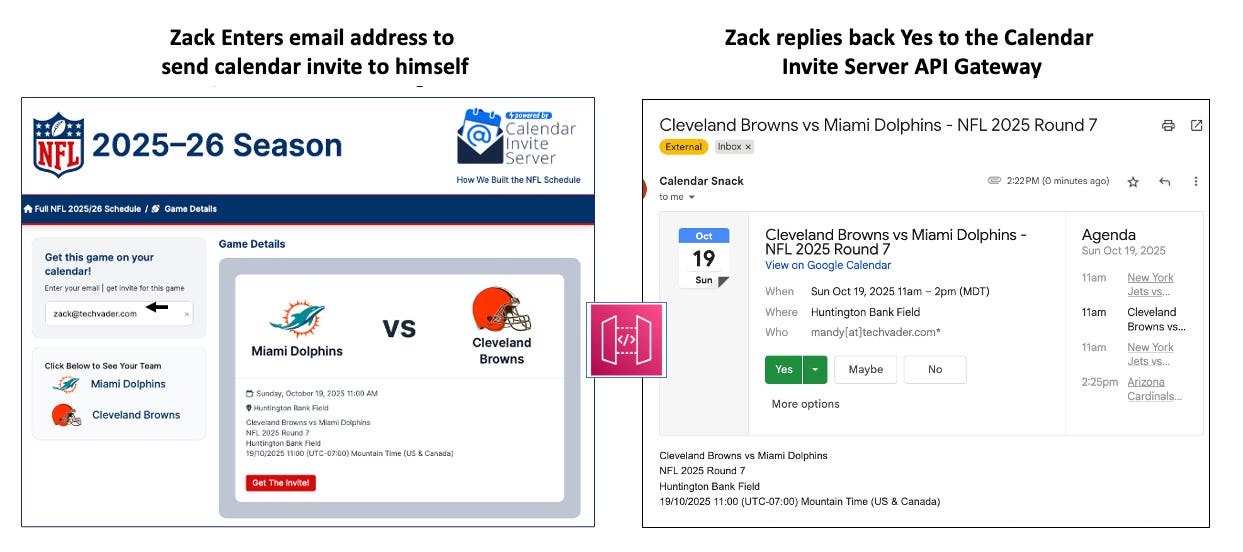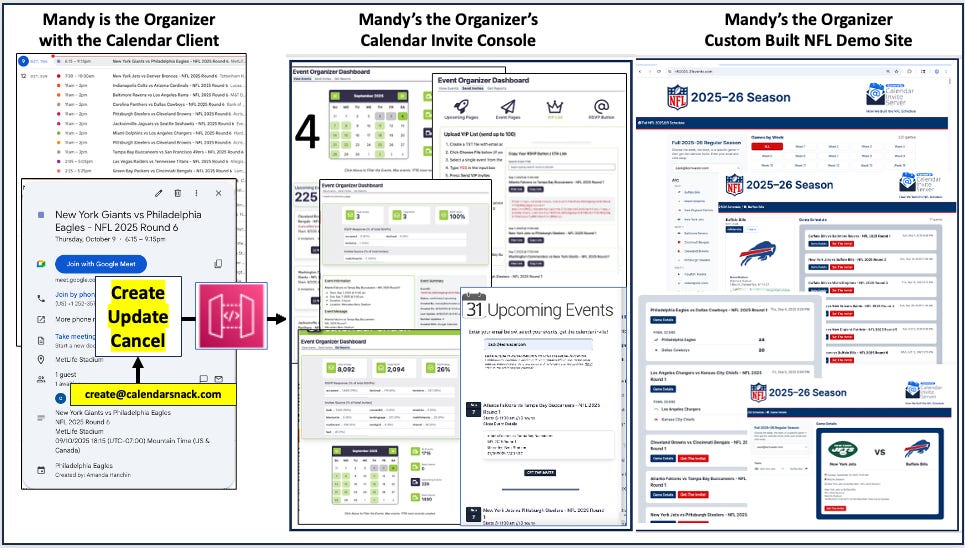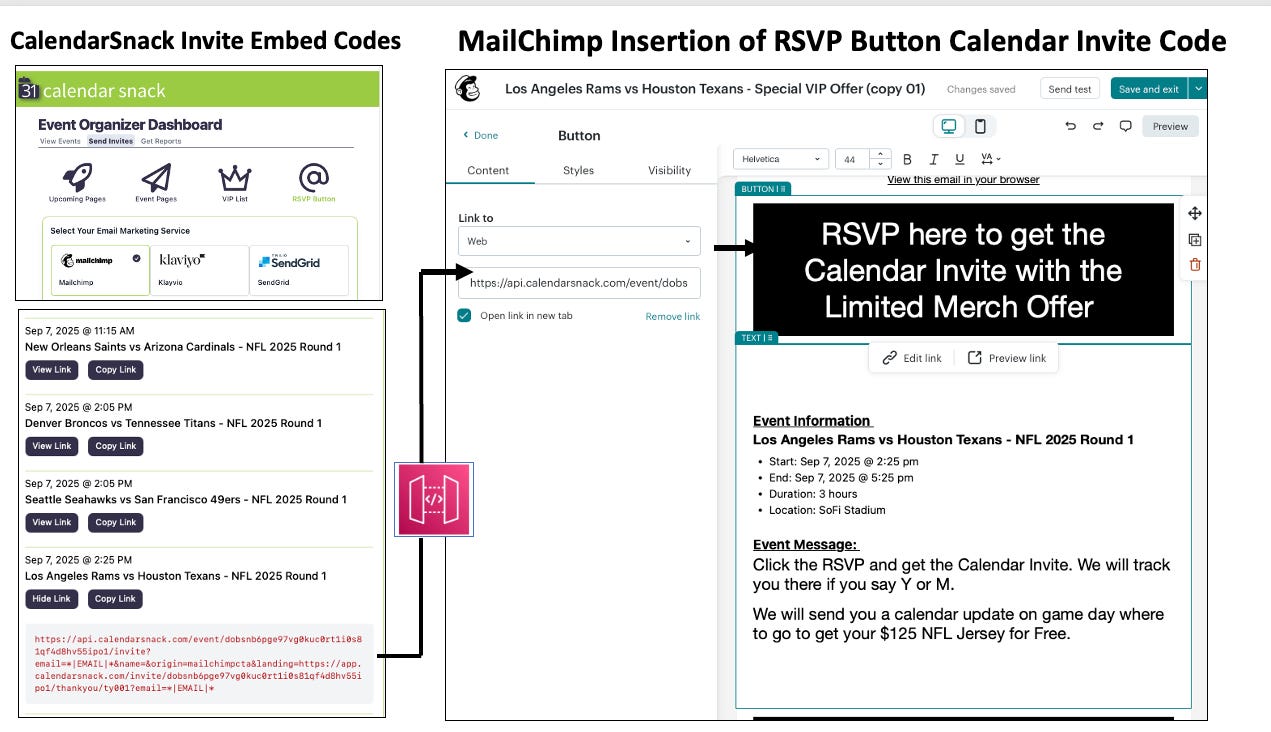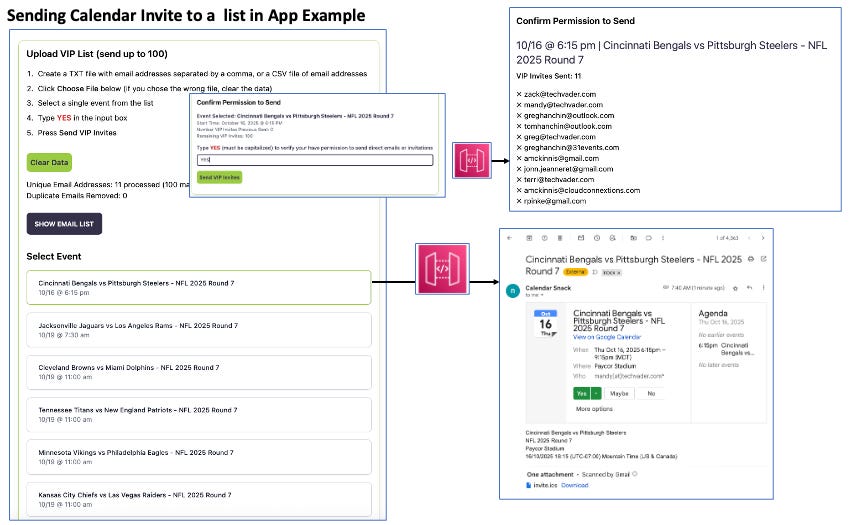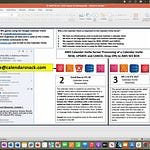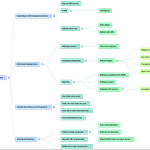Introduction
Every marketer and event organizer faces the same monumental challenge: cutting through the digital noise to secure a spot on their customers’ schedules. For years, the standard approach has been a combination of an RSVP form and an “Add to Calendar” button. This method is familiar, but it’s a leaky funnel—a static, one-time data drop that breaks the connection the moment a customer clicks “download.”
This fragmented process creates a poor user experience and leaves organizers managing multiple complex platforms. But what if you could bypass this entire system?
What if you could establish a direct, persistent, and updateable line of communication right inside the one place your customer checks daily: their calendar?
This article explores a powerful, counterintuitive strategy that transforms a simple calendar invite into a dynamic and persistent marketing channel. It’s a fundamental shift in thinking that simplifies your workflow, enhances the customer experience, and turns a scheduling tool into your next great engagement platform.
1. Your Calendar Isn’t Just for Scheduling—It’s a Direct-to-Fan Marketing Channel
The first step is a paradigm shift: stop viewing calendars as simple organizational tools and start seeing them as direct marketing and engagement channels.
Instead of simply sending a static event file to a user, you establish an active link to them throughout the entire event lifecycle.
This concept is best understood through a modern analogy for a classic marketing tactic.
It’s the “Modern Day” equivalent of the branded team schedule magnet that vendors give out.
This approach allows a brand or organizer—let’s call her “Mandy the Organizer”—to offer something of high value, like an entire NFL season schedule, for free. In exchange for this valuable content, a sports fan like “Zack” grants Mandy a direct line to his calendar. This isn’t just a placeholder; it’s an active, updateable presence that keeps the brand top-of-mind.
2. Your Own Calendar Becomes Your Content Management System (CMS)
One of the most powerful aspects of this strategy is its surprising simplicity. Instead of logging into a complex backend system or marketing platform, the organizer manages the entire event lifecycle from the one tool they already use every day: their own calendar client, such as Google Calendar or Outlook.
Mandy’s workflow is remarkably straightforward.
First, she sources the official iCal schedules for all 32 NFL teams and imports them into her master Google Calendar. This initial step creates duplicates, as a single game (e.g., Rams vs. 49ers) appears in both teams’ schedules. This is a necessary step; importing schedules for all 32 NFL teams results in 544 entries for only 272 unique games. She then manually removes the duplicate entries from her master calendar.
Once her master schedule is clean, she forwards the calendar events to a unique, designated email address provided by the Calendar Invite Server, such as create@calendarsnack.com.
This simple email acts as the trigger—an “Inbound Processor”—telling the server to ingest, process, and prepare the events for distribution. From that point on, her Google Calendar is her command center. To push an update, add a promotion, or change a detail for a game, she opens the event in her calendar, makes the change, and clicks “Save.”
3. Go Beyond Static Reminders with Seamless, Dynamic Updates
The key differentiator that elevates this method above traditional tools is the ability to automatically push dynamic updates directly to an attendee’s calendar. An “Add to Calendar” button creates a disconnected, static file. If event details change, the organizer’s only recourse is to send another email blast, hoping the customer sees it and manually updates their own calendar.
With a calendar invite server, the connection remains live. For example, a week before a big game, Mandy can edit the original event in her Google Calendar to add a promotion, like “Show this invite at the booth to get 20% off your team jersey!” When she saves that change, the update is automatically sent to every customer, like Zack the Sports Fanatic, who has already responded with a “Y or M status” (Yes or Maybe). Behind the scenes, the server intelligently tracks each version of the event, ensuring that every attendee receives the correct update without creating duplicate entries or confusion.
The simple schedule reminder on Zack’s calendar is instantly transformed into a timely, relevant, and actionable promotional opportunity.
More importantly, this two-way communication channel becomes a powerful data collection tool. Mandy can track and segment customers’ interests based on their “Yes,” “Maybe,” or “No” replies, allowing for more targeted and effective follow-up campaigns.
4. Drastically Simplify the User Experience (And Your Workflow)
The contrast between the calendar invite server method and the traditional “Add to Calendar” button, combined with an RSVP form, is stark, both for the customer and the organizer.
This new approach simplifies the experience on both sides, removing friction and integrating workflows.
Attendee Action -A simple, one-click “Yes, No, Maybe” response directly within their calendar or email client.
Event Updates-Changes are seamlessly and automatically pushed directly to the attendee’s calendar, keeping it up to date.
Organizer Workflow-Simple and integrated. The entire event lifecycle is managed from the organizer’s own familiar calendar client to a REST API pipeline.
Communication-Establishes a direct, two-way communication channel to the attendee’s calendar for the life of the event.
More Than a Website: Integrating Calendar Invites Everywhere
While embedding a full schedule on a website is a robust use case, the true potential of this technology is realized when it’s integrated across all your marketing channels.
Email Marketing Integration: Instead of a static “Add to Calendar” button, you can embed calendar invite API code directly into the Call-to-Action buttons in your email marketing platforms like MailChimp, Klaviyo, and HubSpot. When a user clicks, they receive a live, updateable invite, and you gain a persistent communication channel.
Direct Sending to Lists: The system’s REST API allows you to send calendar invites directly to curated email lists. This is perfect for sending exclusive event details to a VIP list, distributing webinar schedules to registrants, or enhancing newsletters on platforms like Sub Stack with actionable, calendar-based content.
5. Build a Persistent Connection, Not a One-Time Data Drop
The final point from the comparison table is the most critical. Traditional “Add to Calendar” buttons create a static, disconnected .ics file on a user’s calendar. Once that file is downloaded, the connection between the organizer and the attendee is permanently broken. You have no way to update, modify, or communicate through it.
The calendar invite server method fundamentally changes the nature of this relationship.
Establishes a direct, two-way communication channel to the attendee’s calendar for the life of the event.
This is not a one-time data drop; it’s the creation of a persistent connection. This channel remains open, allowing for ongoing communication, seamless updates, and timely promotions for the event’s entire lifecycle. You are no longer just an entry on a person’s schedule; you are an active and helpful presence.
Conclusion
The calendar invite is one of the most underutilized and powerful tools available to marketers today. By shifting your perspective, you can transform it from a simple scheduling function into a dynamic, persistent, and user-friendly communication channel. This approach respects your customer’s time, simplifies your internal workflows, and builds a more meaningful connection that lasts well beyond the initial click.
It’s time to move past the broken model of static buttons and fragmented forms. The future of customer engagement lies in meeting them where they already are. Whether it’s embedded on your website, integrated into your email campaigns, or sent directly to a VIP list, this technology provides a direct line to your customer with information that is alive, useful, and seamlessly integrated into their lives. Now that you can think of the calendar as a direct line to your customer, what will you build with it?




